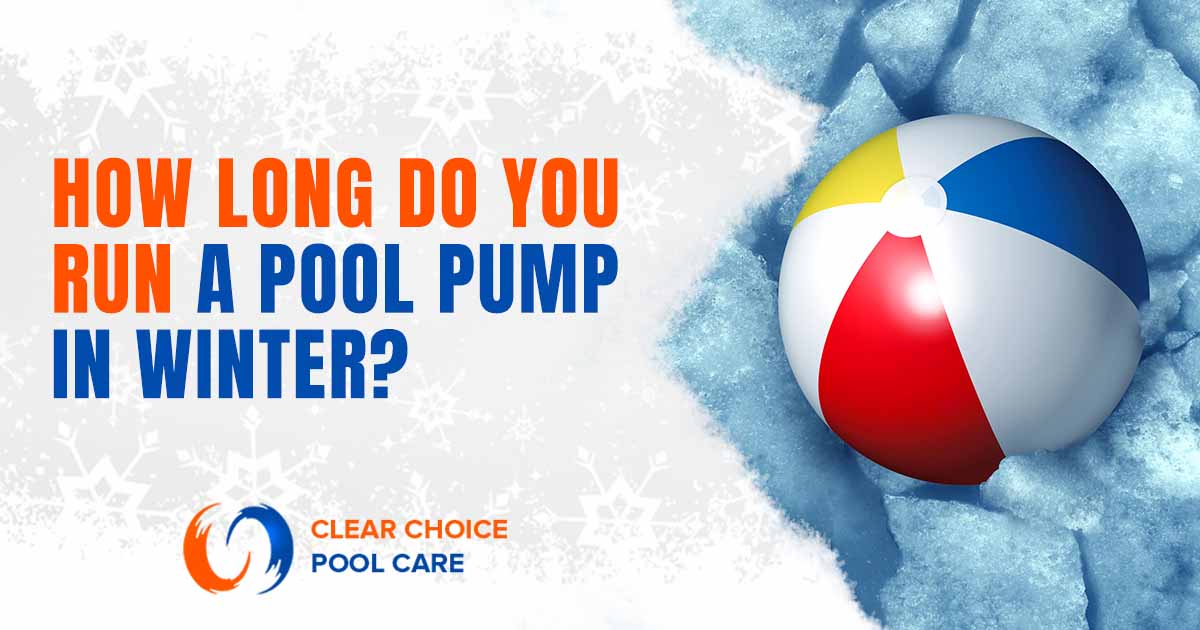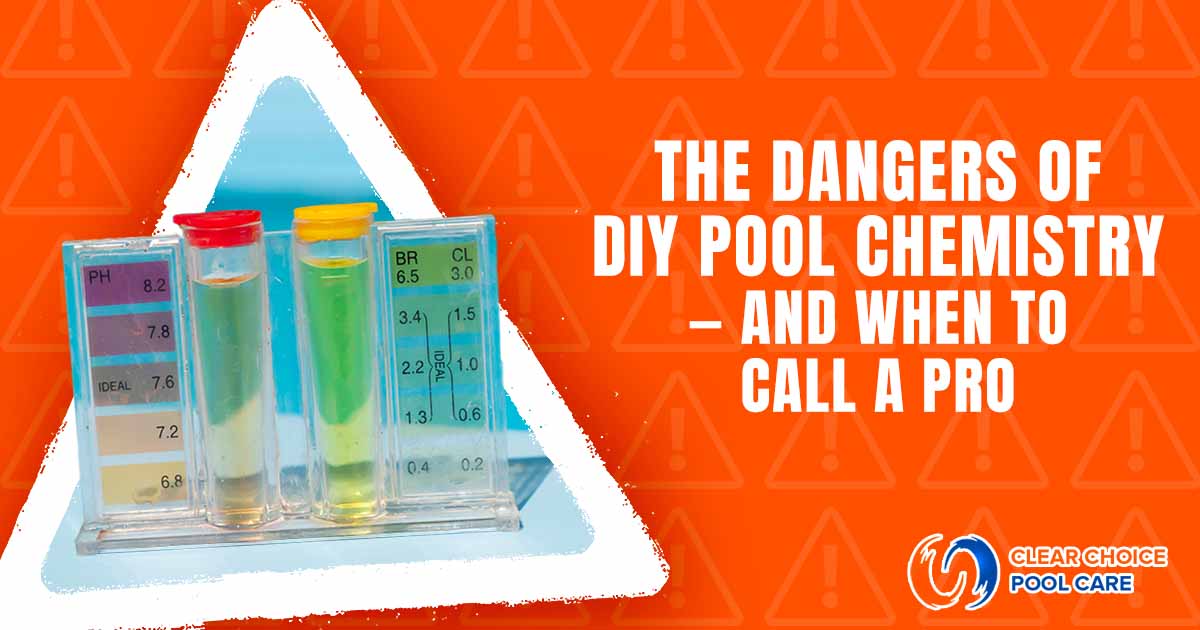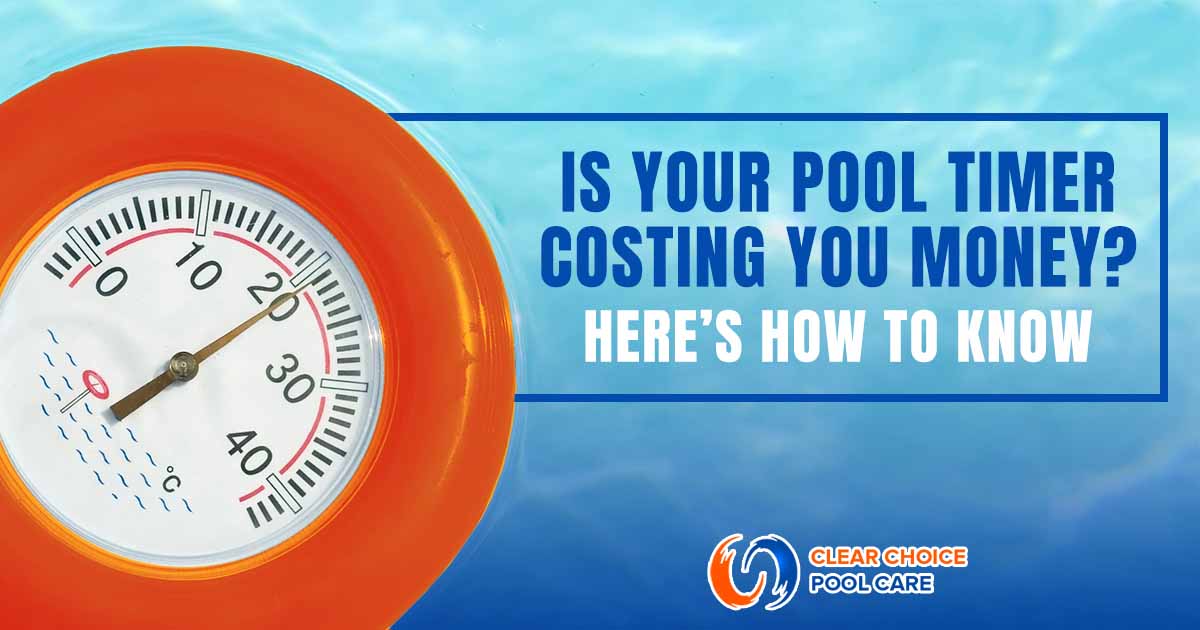Running a pool pump in winter is critical to maintaining a swimming pool, especially in regions where temperatures drop significantly. Many pool owners are unsure how long their pool pump should run during the colder months to prevent freezing, maintain water quality, and ensure efficient operation. This article provides practical guidance on running a pool pump in winter, including recommended run times and factors to consider.
Understanding the Role of a Pool Pump in Winter
Why Running the Pool Pump Is Essential During Winter
A pool pump plays a vital role in circulating water to prevent stagnation and freezing during winter. Continuous water movement reduces the risk of ice forming in the pipes and other components, which can cause costly damage. Additionally, running the pump helps distribute pool chemicals evenly, maintaining water quality throughout the colder months.
How Winter Conditions Affect Pool Maintenance
Winter weather introduces unique challenges for pool maintenance. In freezing temperatures, standing water can expand, causing damage to pipes, filters, and the pump itself. Operating the pool pump keeps the water moving, which mitigates these risks. However, the run time for the pump will depend on factors like local climate and the type of pool equipment used.
Factors That Determine Pool Pump Run Time in Winter
Local Climate and Temperature Considerations
The climate in your area is a significant factor in determining how long it takes to run a pool pump in winter. In regions with mild winters, running the pump for shorter periods may be sufficient to maintain water circulation and prevent stagnation. However, in colder areas where temperatures frequently drop below freezing, the pump may need to run continuously or during the coldest parts of the day to prevent the water from freezing in the pipes and pump system.
Pool Size and Water Volume
The size of the pool and the amount of water it holds also impact the necessary pump run time. Larger pools require more time to circulate water completely, ensuring even chemical distribution and proper water movement. Pool owners should consult their pool pump’s flow rate specifications to determine the optimal run time for their specific pool size.
Type of Pool Pump (Single-Speed, Variable-Speed, or Dual-Speed)
The pool pump type can influence energy efficiency and the ideal run time. Single-speed pumps operate at one constant speed, often requiring longer run times for proper circulation. In contrast, variable-speed and dual-speed pumps offer flexibility, allowing for adjustments to lower speeds during winter while maintaining effective water movement. These pumps are often more energy-efficient and cost-effective for winter operation.
Recommended Pool Pump Run Times for Winter
General Guidelines for Different Climates
For pool owners in warmer climates where temperatures rarely drop below freezing, running the pool pump for 4 to 6 hours daily is typically sufficient to maintain water circulation and chemical balance. In moderate climates with occasional freezes, extending the run time to 8 to 10 hours daily is recommended to prevent freezing. In areas with harsh winters and prolonged freezing temperatures, running the pump continuously during cold spells may be necessary to keep water moving and avoid ice damage.
Adjusting Run Times During Freezing Weather
When temperatures approach or drop below freezing, adjusting the pool pump’s run time is essential. Running the pump continuously during freezing weather ensures that water in the system stays in motion, preventing it from freezing in the pipes, filter, and pump. Many pool owners also use freeze protection timers or sensors, which automatically activate the pump when temperatures drop, providing a practical solution for protecting pool equipment in extreme cold.
Energy Efficiency Tips for Running Your Pool Pump in Winter
Leveraging Variable-Speed Pumps for Cost Savings
Variable-speed pumps allow running at lower speeds during winter, reducing energy consumption while maintaining sufficient water circulation. By setting the pump to a lower speed for more extended periods, pool owners can achieve the same level of water movement as a single-speed pump but with significant energy savings.
Setting Up a Timer for Optimal Pool Pump Performance
Installing a timer on the pool pump can help ensure it operates only when needed, minimizing energy costs. For regions with mild winters, programming the timer to run the pump during the coldest parts of the day—typically early morning and late evening—can maintain water circulation without excessive energy use. Timers are handy for single-speed pumps, which consume more electricity during operation.
Common Mistakes to Avoid with Winter Pool Pump Operation
Running the Pump for Too Long or Too Short
One common mistake pool owners make is running the pump for an excessive amount of time during winter. Overrunning the pump can lead to unnecessary energy costs without added benefits. On the other hand, running the pump for too short a period may result in stagnant water, uneven chemical distribution, and an increased risk of freezing in colder climates. Pool owners should carefully assess their climate, size, and equipment type to determine the appropriate balance.
Neglecting Regular Pool & Pool Pump Maintenance
Winter can be a busy time for many, but neglecting regular pool maintenance is a costly mistake. Even with the pump running, dirt, debris, and imbalanced chemicals can lead to issues like algae growth or equipment damage. Cleaning the pool regularly, checking chemical levels, and ensuring the pump and filters are in good condition are essential for winter pool care.
Preparing Your Pool Pump for Winter Use
Inspecting and Cleaning the Pool Pump Before Winter
Before the winter season begins, pool owners should inspect their pumps for any signs of wear, damage, or debris buildup. Cleaning the pump basket, ensuring the impeller is free of obstructions, and replacing worn parts can improve performance and reduce the risk of breakdowns during winter operations.
Protecting the Pump Against Freezing Temperatures
To prevent freeze damage, pool owners should consider insulating the pump and exposed pipes or installing a freeze protection device. These measures can keep the pump functioning correctly, even in sub-freezing temperatures. Additionally, keeping the pool water level within recommended levels helps maintain proper circulation and protects the pump system.
Contact Clear Choice Pool Care for Winter Pool Maintenance
Clear Choice Pool Care specializes in professional pool maintenance and can help ensure your pool pump operates efficiently throughout the winter. Whether you need assistance with winterization, repairs, or regular maintenance, their team provides expert services tailored to your pool’s needs. Contact Clear Choice Pool Care today at 469-312-6670 to schedule an appointment and keep your pool in top condition all year round.





